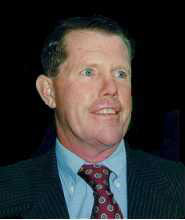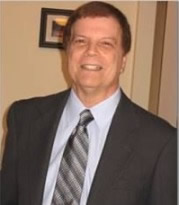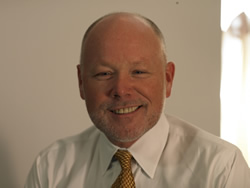Before expending the effort necessary to reverse engineer a device or object, it must be definite that the object under study is not covered by one or more patents. This avoids a dispute over patent violations. Once it has been established that no patent coverage exists, one can use multiple techniques to reverse engineer a product. These are summarized below:
Physical Dimensions:
Simple Parts: For simple parts a micrometer and/or calipers can be used to determine specific dimensions.
Complex Parts: Either a tool maker's microscope or coordinate measuring machine (CMM) are valuable. The CMM is a digital device that uses a probe to very accurately determine dimensions. It can present these dimensions in a format that is compatible with Auto CAD (a popular drawing program).
Internal Geometry: This might require accurate X-ray examination and/or cross-sectioning along with accurate measurement of the exposed elements.
Caution: Although dimensions of existing parts are measurable, one cannot measure the tolerances for these parts. These must be determined by other methods.
Multiple Parts: One could measure a statistically significant number of representative parts and from these calculate probable part tolerances.
Understand the Parts Function: One can also determine the tolerances from the function of the part. For example, how it interacts with other parts in an assembly. In another case, its function can be used to determine its tolerances; this would include a consideration such as use temperature.
Materials Composition:
Introduction: After the dimensions have been determined, it is important to determine the material from which the device has been made. There are various categories of materials, and each requires a different analytical technique.
Plastics (i.e. organic or polymer materials): The general type of material can be determined using Fourier Transform Infra Red analysis (FTIR). For more detail one can use several thermal analysis techniques. The two most widely used are Thermogravimetric Analysis (TGA) and Differential Scanning Calorimetry (DSC). These can be used to narrow down the composition.
Metals: In general, metals are normally identified with spectrographic analysis in combination with wet chemistry; however, some of the exotic alloys require more sophisticated analytical methods such as atomic absorption and alternate plasma techniques.
Glass and Ceramics: These are best analyzed with X-ray fluorescence analysis. Legitimate reverse engineering is best demonstrated by the process procedure and data collected during the effort, and this information must be kept intact to prove the legitimacy of the reverse engineering claim. In addition, it is helpful to have personnel that can demonstrate their knowledge of the part, its function and its limitations.
Dr. Thomas L. Read Dr. Thomas L. Read, CEO of Read Consulting received his PhD. from Stanford University in 1972. He has over 25 years of manufacturing experience in electronics, metallurgy, factory safety, failure analysis, glass fracture, glass failure and bottle failure. As a member of the electronics industry, Dr. Read has earned process patents and has an extensive background in manufacturing techniques. In parallel, he has spent over twenty five years as a consultant to attorneys and engineers in the areas of failure analysis, metallurgy, glass fracture, glass failure, bottle failure, factory safety, manufacturing problems, intellectual property and patent disputes.
See Dr. Read's Profile on Experts.com.
©Copyright 2005 - All Rights Reserved
DO NOT REPRODUCE WITHOUT WRITTEN PERMISSION BY AUTHOR.











